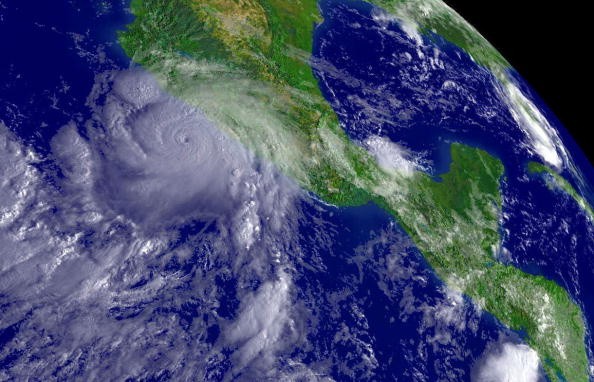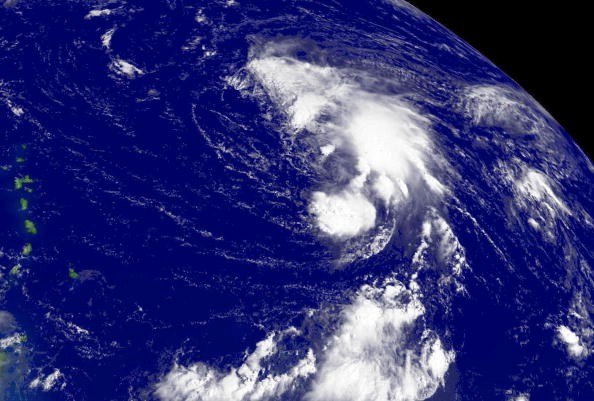As summer in the Northern Hemisphere draws nearer, forecasters begin to observe every period of rainy weather between the Gulf of Mexico and Africa.

Major Hurricanes
Each swirl of wind that goes counterclockwise or burst of puffed-up clouds that occur, there is a possibility of it developing into a tropical storm that will be life-threatening. About half of the tropical storms that accumulated over the past two decades developed into hurricanes and about fifty percent of those turned into the monsters of coastal destruction that are called major hurricanes.
We're now used to witnessing about 16 tropical storms every year, though that number can differ a little bit from year to year. What are the warning signs that will be noticed and will imply that we might be in for yet another record Atlantic hurricane season like 2020, when there is formation of 30 tropical storms, or a silent one like 2014, with just eight?
On the 20th of May, the National Hurricane Center issued its first seasonal forecast of 2021, and it anticipates a more active than regular season, with about six to 10 hurricanes, 13 to 20 named storms, and three to five main hurricanes. The first of those named storms, Ana, was formed on the 22nd of May, 10 days before the season's June 1 begin.
Seeds of Tropical Storms
Hurricanes inhabit the atmosphere, but the ocean feeds them. First, let's look even farther upstream and discover where they emerge from.
Hurricanes will be abundant and powerful, just like growing crops, with a much number of seeds and favorable environmental conditions. The seeds of tropical storms are tiny and hardly threatening weather disturbances.
You'll see them dispersed all over the tropics on any given day. In the Atlantic, some bigin as thunderstorms clusters over Africa, or as clouds close to the Cape Verde Islands off the west coast of Africa.
The extensive majority of these seeds do not stay alive for more than a few days, but some are swept to the surface by the easterly airflow to be cultivated over the tropical Atlantic Ocean between approximately 10 to 20 degrees north latitude.

Active Hurricane Season
This is the field where growth is actually stirred up by the ocean. From there, tropical storms that are still developing are conveyed by the "steering currents" of the atmosphere northward and westward - keeping away from the equator where the essential effects of Earth's rotation is too little for them to develop more.
There is a better chance of an active hurricane season if the seeds are more. Some factors affect the level of tropical storm seeding in a particular year, but eyes of forecasters are normally trained on the African monsoon in the spring.
Immediately those seeds come from the African coastline or from pockets of warm, rising air emerging somewhere else over the ocean, attention moves to the environmental conditions that can stir up or curb their growth into hurricanes and tropical storms.
Related Article : 5 Practical Tips to Prepare For Hurricane Season This 2021
For more news, updates about hurricanes and similar topics don't forget to follow Nature World News!
© 2025 NatureWorldNews.com All rights reserved. Do not reproduce without permission.





